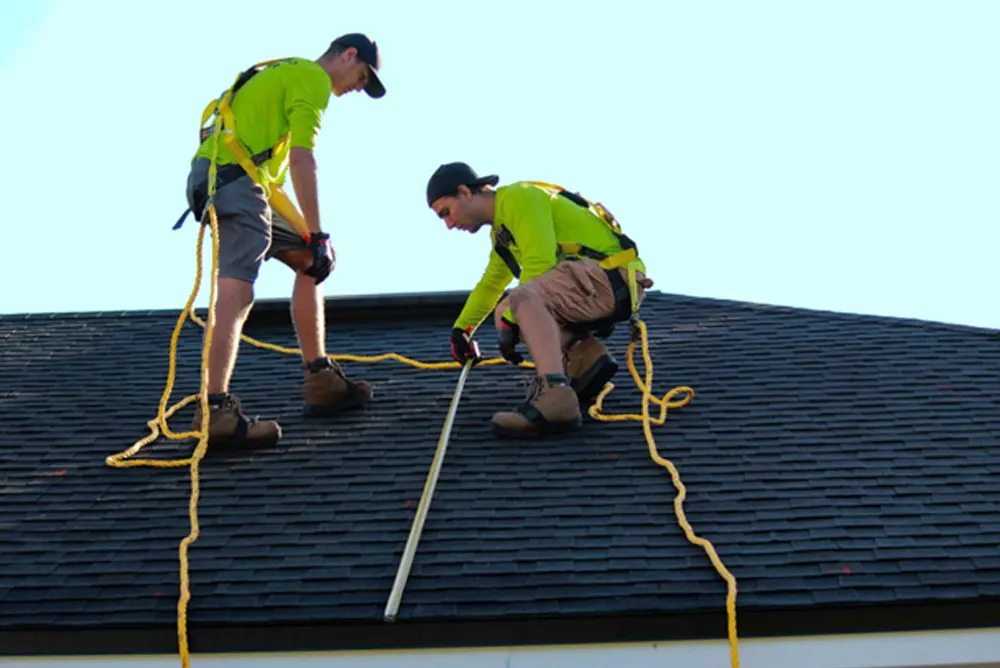By Dan Cahill
Understanding when a roof requires replacement is crucial for safeguarding any building’s structural integrity. At SBR Roofing, we know this determination isn’t always straightforward. Roofs don’t operate on strict timelines; their lifespan depends on factors like installation quality and maintenance. Visual inspection alone may not suffice, which is why professional evaluation is key. In this guide, we cover indicators for replacement, factors affecting lifespan, recommended materials, and consequences of delay. With this knowledge, property owners can make informed decisions to protect their investments.
Evaluating Roof Lifespan
Determining when a roof needs replacement can be complicated. Ultimately, the surefire way to assess its condition is through a thorough inspection and evaluation conducted by professionals like us. It comes down to understanding that roofs don’t operate on a strict time limit like sand in an hourglass, where they must be replaced after a set number of years. The key factor lies in the installation process. A roof that’s correctly installed by skilled labor and maintained well is bound to endure far longer than one lacking any of these crucial components.
With experience, you may be able to guess the age of a roof just by looking at it. However, appearances can be deceiving. An old roof that’s been properly installed might look better than one that hasn’t. Therefore, it’s essential to look beyond mere age and focus on qualitative indicators like cracking, splitting, or signs of wear that extend beyond typical wear and tear.
Relying solely on visual inspection may not suffice. While you might be able to distinguish between old and new roofs, determining whether an old roof is still in good condition or if a new roof is poorly installed requires the expertise of a skilled professional. That’s why it’s crucial to have a professional evaluate the roof to provide accurate insights into its condition and any necessary actions.
Indicators for Roof Replacement
Even with a new roof, adopting a proactive approach akin to car maintenance is essential. Just as you schedule regular oil changes for your vehicle, roofs also benefit from periodic inspections. However, once your roof reaches the 15 to 20-year mark without significant issues and minimal maintenance, luck might play a more prominent role than proactive care.
Around this timeframe, it’s wise to seek a professional opinion regarding the roof’s condition. Are there minor repairs that could extend its lifespan by a few more years, or are there issues demanding immediate attention? Regular inspections can prevent minor issues from snowballing into major problems. It’s common for people, particularly in California, to overlook roof maintenance until a problem arises, often when it rains.
If you find yourself in this category, consider having your roof inspected once it surpasses the 15-year mark. While it doesn’t mandate immediate action, obtaining an expert assessment regarding its condition and remaining lifespan can provide valuable insights for informed decision-making.
Factors Affecting Roof Lifespan
The primary factor influencing a roof’s longevity is undoubtedly the quality of materials used and the precision of their installation. This underscores the importance of selecting the right contractor from the outset. While we take great pride in our work, and many of our roofs surpass their warranty lifespan, some don’t. In such cases, it’s essential to scrutinize why a roof constructed with identical materials may need replacement at 20 years while a neighboring building, sharing the same characteristics, endures for 35 years or more.
Consistent maintenance and upkeep play a pivotal role in this equation. With diligent maintenance, a well-installed roof can endure for over 30 years. However, not every roof receives the care it deserves, nor is every installation executed flawlessly. Even on a subpar roof, regular maintenance can significantly extend its lifespan. The bottom line is that there’s inherent value in maintaining any roof consistently.
Ultimately, the quality of materials, the precision of installation, and ongoing maintenance are critical factors determining the longevity of a roof. These elements collectively contribute to the resilience and endurance of the structure, ensuring it withstands the test of time.
Roofing Materials: Best and Worst Choices
Let’s start with the materials I’d steer clear of. Firstly, foam roofs present challenges due to their application intricacies. Even though silicon is a decent material, it demands meticulous installation expertise, which only some installers have. Gravel roofs and TPO (Thermoplastic Polyolefin) fall into the avoidable category, too. TPO, in particular, belongs to the single-ply category but doesn’t rank favorably due to various drawbacks.
Now, onto the preferred materials. We lean towards APP-modified or modified bitumen systems for commercial flat roof replacement. compounds for enduring weather resistance. They are strengthened with quality reinforcing mats of polyester and/or fiberglass to make them tougher, less likely to tear or become compromised over time. Think of Polyglass APP systems as extremely durable sheets that you can install on a roof to protect it from leaks, UV damage, and other environmental factors.
In the single-ply category, PVC (Polyvinyl Chloride) and KEE materials stand out as solid choices. While their names may seem daunting, these materials offer durability and reliability, making them worthwhile investments. Additionally, restoration or coating systems can be effective when installed correctly, further emphasizing the importance of skilled workmanship.
Given their proven performance and reliability over time, we endorse APP, PVC and KEE materials as top contenders for flat roof systems.
Consequences of Delaying Roof Replacement
Deciding when to replace the roof can vary depending on each property’s unique circumstances. I often refer to this as the “tolerance of pain.” Delaying re-roofing when necessary poses the most significant risk: leaks. The implications of a leak differ based on the property type and function.
For instance, in a commercial setting like a warehouse, a leak in a corner where occasional storage occurs might only necessitate relocating items. However, imagine a scenario in a CEO’s office, a medical manufacturing facility, or even a hospital operating room undergoing roof work. In such critical environments, water intrusion during active procedures is unacceptable. The tolerance of pain dictates how severe the risk is perceived.
When a leak occurs, it’s not just the roof section requiring repair; damage extends to whatever lies beneath—which could be structural elements like pilings, drywall ceilings, or sensitive equipment. Moreover, the operational disruptions can be substantial. Closing down a surgical unit or disrupting food production carries significant implications beyond the immediate cost of roof repair.
The repercussions of a roof leak can extend far beyond mere structural damage, impacting business operations, safety, and even public health in critical settings. Understanding and appropriately addressing the tolerance of pain is crucial in evaluating the urgency of roof replacement.
Determining when a roof requires replacement is crucial for safeguarding any building’s structural integrity. At SBR Roofing, we know this determination isn’t always simple. A roof’s lifespan depends on factors like installation quality and maintenance. Visual inspection alone may not suffice, which is why professional evaluation is key. We have covered indicators for replacement, factors affecting lifespan, recommended materials, and consequences of delay. With this knowledge, property owners can make informed decisions to protect their investments. Remember, taking action can prevent costly damage down the line, ensuring the longevity of your roof and the safety of your property.
Reach out to us today to discuss your commercial roof replacement and we can answer any questions you have about your project.
Author Bio
Dan Cahill embarked on his journey in 2001, accumulating over 23 years of experience in the commercial roofing field. The original owner of SBR Roofing extended a trial opportunity in 2001, coinciding with the burst of the dot-com bubble. The proposition was simple: give it a year, see if it suits you, and if not, no hard feelings. Surprisingly, Dan found himself sticking around. Fast-forward over two decades, and he continues to thrive in the field.
With a background in sales, Dan discovered a passion for the dynamics of salesmanship, particularly in the freedom it offered from the confines of a desk. The opportunity to engage with people, navigate various situations, and even climb up on roofs appealed to him. This intriguing experience kept Dan hooked, prompting him to stay the course, eventually becoming a leader in the roofing industry.







